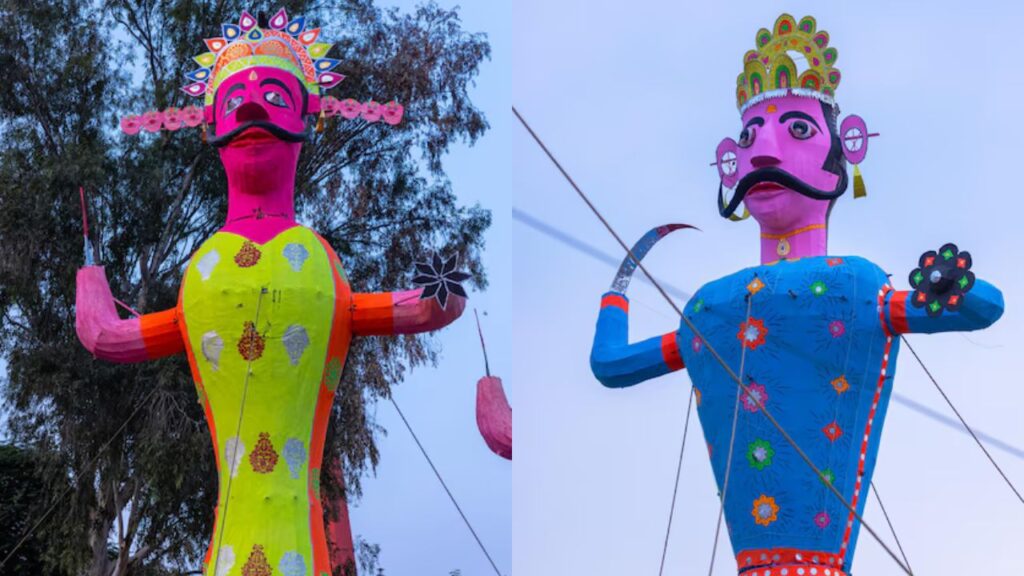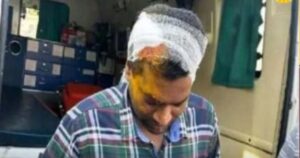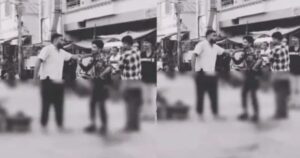Bisrakh Village Mourns Ravan’s Death: A Unique Dussehra Tradition in Uttar Pradesh
3 min read
In Bisrakh, a small village in Uttar Pradesh near Greater Noida, the celebration of Dussehra takes a completely different turn compared to the rest of India. While the majority of the country rejoices in the defeat of Ravana by Lord Rama, symbolizing the triumph of good over evil, Bisrakh does not partake in these celebrations. Instead, the villagers mourn Ravana’s death, viewing him as a revered figure and their ancestor.
The village, believed to be Ravana’s birthplace, is steeped in local folklore that connects it to Ravana’s family. The name “Bisrakh” is said to come from Vishrava, Ravana’s father, who was a renowned sage. The villagers hold Ravana in high regard, not just as a king, but as a learned scholar and a devout follower of Lord Shiva. Many of the villagers believe that Ravana, despite his flaws, was a knowledgeable and powerful ruler. As a result, they cannot bring themselves to celebrate his defeat by burning his effigies like the rest of the country.
Instead of the traditional Dussehra festivities, Bisrakh observes this time with solemn rituals. On the day when effigies of Ravana, Meghnad, and Kumbhkaran are burnt in other parts of India, Bisrakh holds a maha yagna to pray for Ravana’s soul. The villagers come together at an ancient temple, where Ravana is said to have worshipped Lord Shiva, to perform rituals seeking peace for his departed soul. This temple, dedicated to Shiva, is central to the village’s spiritual life, and the residents believe it was Ravana’s place of worship, further deepening their connection to him.
The reverence for Ravana in Bisrakh extends beyond religious rituals. His presence is seen across the village in various forms. Shops, local businesses, and even cultural symbols bear his name. In fact, there’s even a popular “Ravana DJ” service in the village, underscoring the locals’ pride in their connection to the legendary king. Additionally, some villagers wear clothes bearing Ravana’s image, emphasizing the respect they have for him as an ancestor.
However, the village’s unique practices have not always been accepted without controversy. In 2016, a statue of Ravana that was supposed to be installed in the village’s Sri Baba Mohan Ram temple was vandalized before it could be put up. Some groups object to the idea of revering Ravana, considering him a symbol of evil. Despite the incident, the villagers remain determined to honor their traditions. They plan to replace the destroyed statue, emphasizing their commitment to preserving their unique cultural heritage.
The avoidance of Dussehra celebrations in Bisrakh is also driven by deep-seated beliefs and folklore passed down through generations. Stories circulate in the village about strange and tragic events occurring when Dussehra is celebrated. For instance, some locals recount tales of families facing misfortune after burning Ravana’s effigy or participating in Ram Leela, the traditional theatrical depiction of Rama’s life. According to these stories, families that took part in these activities experienced immediate deaths or significant losses, reinforcing the belief that celebrating Ravana’s defeat brings bad luck.
The villagers believe that Lord Rama did not simply kill Ravana but rather liberated him, granting him moksha (freedom from the cycle of birth and death). This view reflects a more nuanced interpretation of the Ramayana, seeing Ravana not as a villain but as a complex figure deserving of respect. Villagers express reverence for both Lord Rama and Ravana, considering both figures significant in their cultural and religious identity.
In a country as diverse as India, Bisrakh’s approach to Dussehra is a reminder of the different interpretations of mythology and traditions that coexist. While most of India celebrates the victory of good over evil, this village chooses to mourn the loss of a king they see as their ancestor and an extraordinary figure in history.





